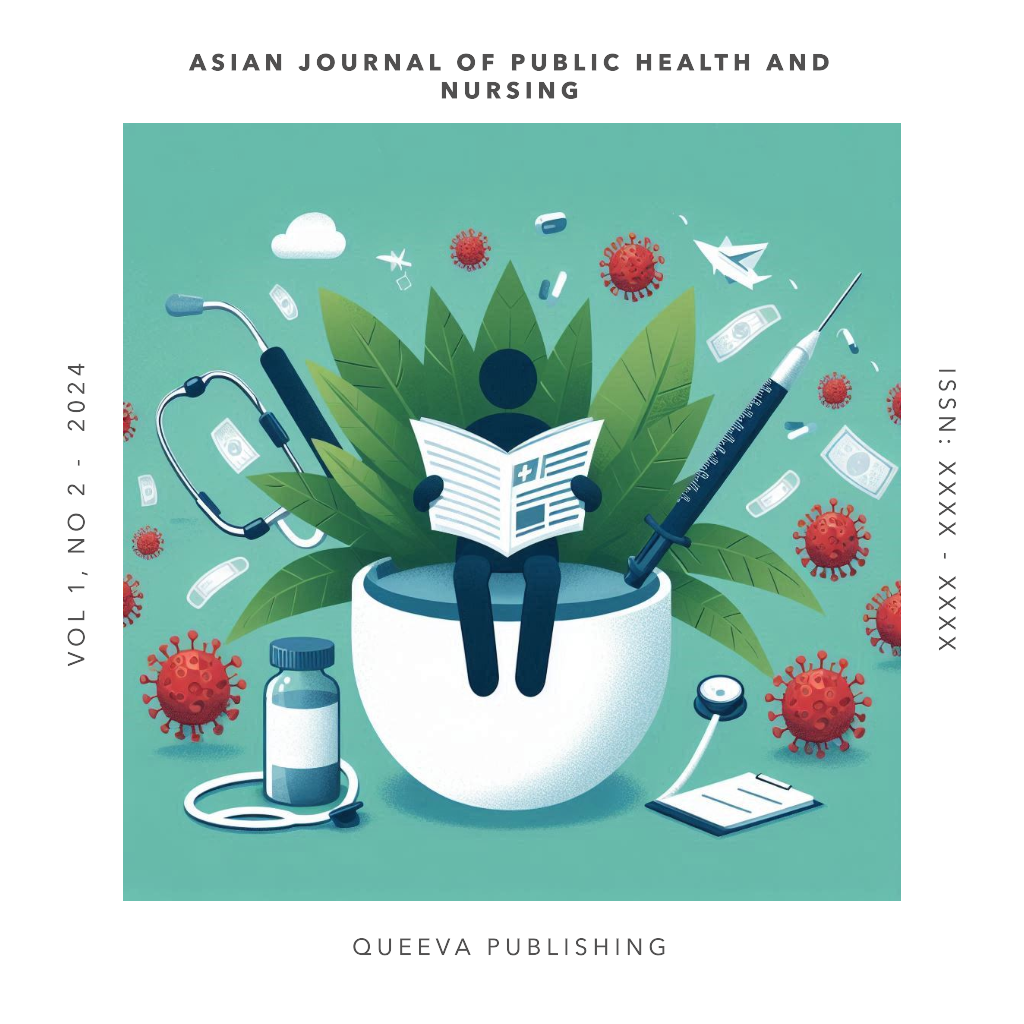Mastering the Art of Scoping Reviews: A Comprehensive Guide for Public Health and Allied Health Students
Main Article Content
Abstract
Background: Scoping reviews systematically map the breadth of evidence on a particular topic, providing a comprehensive overview of the available research. This paper aims to outline the key steps involved in conducting a scoping review and to provide practical guidance for public health and allied health students and researchers.
Methods: Formulating a research question using the PCC (Population, Concept, Context) framework to develop a clear research question or objective. Setting inclusion and exclusion criteria to guide the selection of studies for inclusion in the review. Conducting a thorough search across relevant databases and sources, including both academic and grey literature. Using a PRISMA flow diagram to document the search and selection process. Extracting and charting relevant data from included studies. Analysing synthesizing data using descriptive analysis or basic qualitative content analysis. Summarizing and presenting findings in a clear and meaningful way.
Results: The paper provides a detailed guide for conducting scoping reviews, emphasizing the differences between scoping reviews and systematic reviews. It highlights that scoping reviews address broader research questions and typically do not assess study quality. Practical guidance is provided on developing search strategies and creating data extraction forms.
Conclusions: This paper serves as a comprehensive guide for public health and allied health students and researchers undertaking scoping reviews, covering key methodological considerations and best practices throughout the review process.
Article Details
Issue
Section

This work is licensed under a Creative Commons Attribution 4.0 International License.




